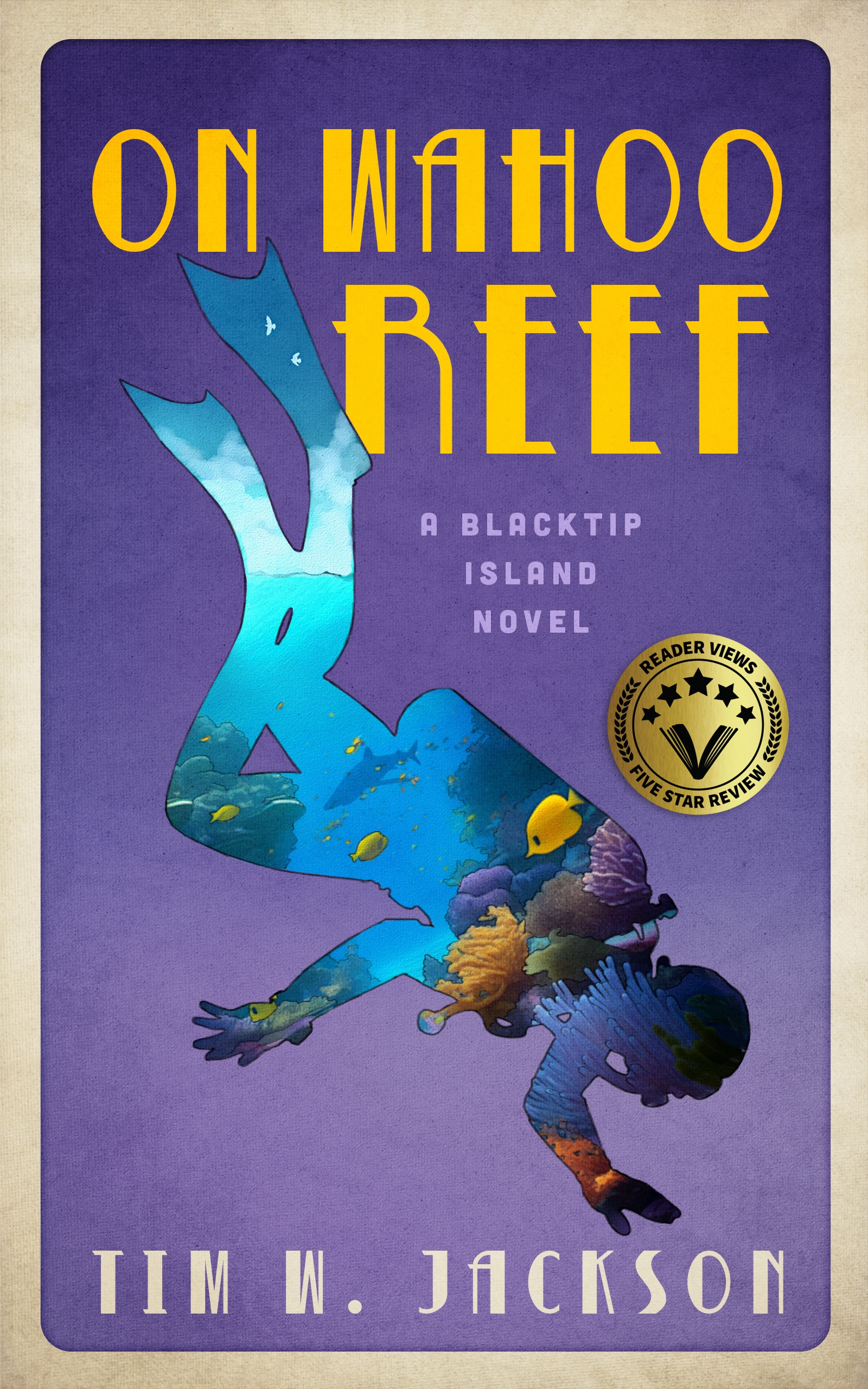
Blacktip Island scuba resorts now allow emotional support animals, such as these sandwich terns, to dive with their people.
With the growing popularity of emotional support animals, dive operations on Blacktip Island are refitting their dive boats to accommodate scuba diving guests’ companion animals.
“Places have been allowing emotional support dogs and cats for years,” said Sandy Bottoms Beach Resort owner Sandy Bottoms. “After a bunch of guest complaints, we decided to try that with diving.
“We rigged our Titan Eos with special seats and lavatory facilities to see how it’d go,” Bottoms said. “It worked so well, we rigged the Titan Ganymede and Titan Uranus too. Nothing’s too good for our emotionally unstable guests.”
Other island resorts quickly followed suit.
“So long as the diver has proper documentation for their support animal, they’re welcome on our boats,” Eagle Ray Divers operations manager Ger Latner said. “We also rent water-tight Plexiglas crates with pony bottles for folks who want to take their animals on the dive with them. I mean, underwater’s where a lot of our guests need the most emotional support.
“We can accommodate anything up to and including a small pot-bellied pig,” Latner said. “Any bigger, the crate’s buoyancy gets to be an issue.”
Blacktip Island’s divers welcomed the change.
“It’s wonderful to take Frumpy with me and not leave him in the room by himself half the day,” scuba diver Suzy Souccup said, stroking her 12-foot Burmese python. “He and I are both calmer during the dives, though several guests were put off when he decided to explore the boat on his own during our surface interval.”
The island’s dive staffs are not as enthusiastic.
“Underwater’s not the best place for topside animals,” Eagle Ray Divers divemaster Marina DeLow said. “We had a badger go ballistic on a dive last week. Things were fine until we hit 30 feet, then all hell broke loose.
“We had to evac the badger to the surface without a safety stop, then spent an hour getting it calmed down enough for us to open its crate,” DeLow said. “We ended up having to cut back on air until it passed out.”
Other resorts are offering training to avoid underwater mishaps.
“We’ve started NAUI and PADI Emotional Support Animal specialty courses,” Blacktip Haven resort owner Elena Haven said. “At a minimum, we require support animals to do an orientation dive in our pool before boarding our boat.”
Experts emphasized the need for good judgment in choosing an animal to dive with.
“We had a woman with an emotional support squirrelfish yesterday,” DeLow said. “It wasn’t two minutes into the dive a Nassau grouper hit it, bam, duck on a June bug. A doc onboard guessed it set her therapy back six years.”








